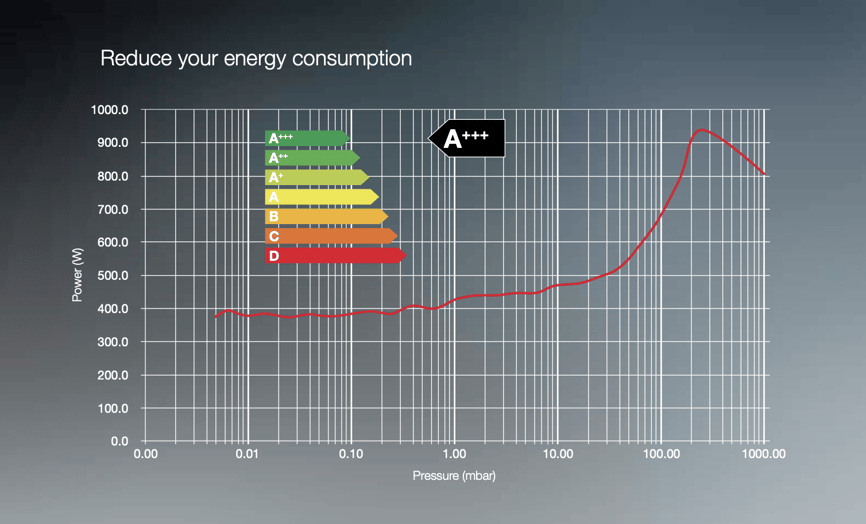¿Buscas hablar con un asesor?
Contamos con asesores expertos listos para ayudarte a encontrar o cotizar el producto que necesites
Enviar mensajeWhat you need to know about dry vacuum pumps and other vacuum pumps to dry refrigerators and air conditioners before charging refrigerant

Por Alejandro Gaytán, 21 marzo 2024
A problem in vacuum areas to dry refrigerators and air conditioners on production lines before charging refrigerant is: water. A water molecule can be harmful to the compressor or the operation of the unit, causing major quality problems.
The water in the condenser and evaporator coils is related to the relative humidity HR in the environment, which can vary in the rainy season and may have more rejection in the production lines.
To dry properly the refrigeration system vacuum pumps are used and one alternative are dry vacuum pumps (still consider a new technology even though it has been around for decades) that are not affected by relative humidity in the environment, they are more stable regardless of excessive moisture and can provide security to avoid failures.
Leybold has been producing dry vacuum pumps for decades and we are great promoters of dry vacuum pumps and other technologies such as the SOGEVAC NEO D double-stage oil-lubricated with new features: 3-year oil life for change (unlike 3-6 months on TRIVAC B, our typical model in this application around the world) reducing maintenance and costs.
For some customers, the cost-benefit of purchasing a SOGEVAC NEO pump will be better than a dry pump or a TRIVAC B, because the cost of a SOGEVAC NEO pump can be up to 30% less than a TRIVAC B. It can be 2 times (yes, 2 times) less than a dry pump, in addition to having lower energy consumption and thus helping to reduce the carbon footprint. Being a very interesting cost-benefit option.

At MEISA-LEYBOLD we invite you to try the benefits in direct and indirect costs and productivity that you may have.
If you want to learn more about Leybold pumps fill this form or send us an email to ventas@meisa.com
Leybold /
Contamos con asesores expertos listos para ayudarte a encontrar o cotizar el producto que necesites
Enviar mensajeNavega entre las opciones de